The final leg of this tour of Mexico began with two weeks based in Santa Maria del Tule, a short drive from Oaxaca city, where we were joined by June’s daughters who had flown out from the UK for a holiday.
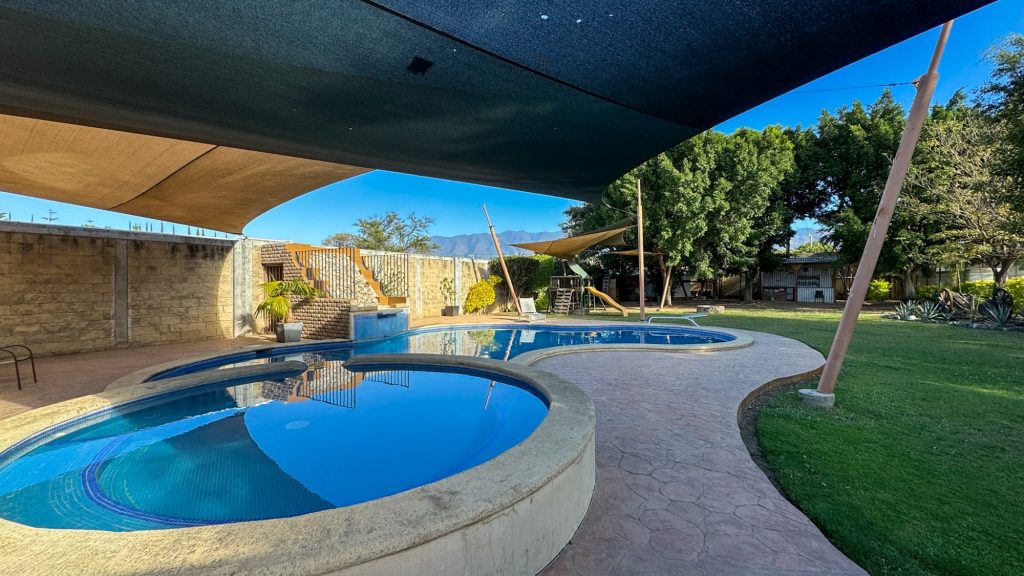
We picked the campsite because it also had rooms for rent (as do many campsites here), had an airport nearby and most importantly, due to the number of personal recommendations we received!
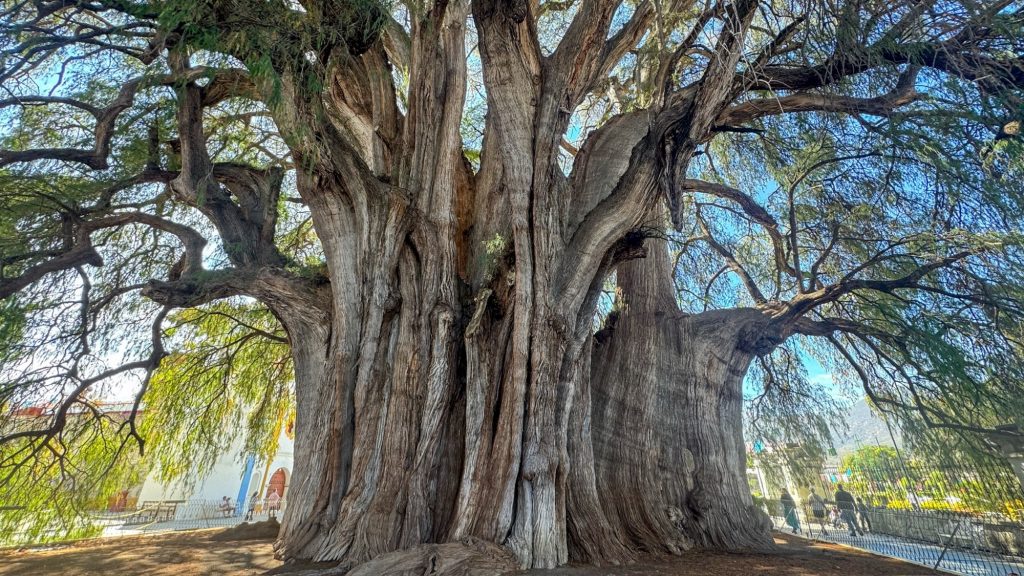
Tule itself has a number of attractions including the world’s widest tree and some great food. We ate at the Mercado Gastronómico several times as well as having lunch at Casa Embajador, a local mezcal producer.
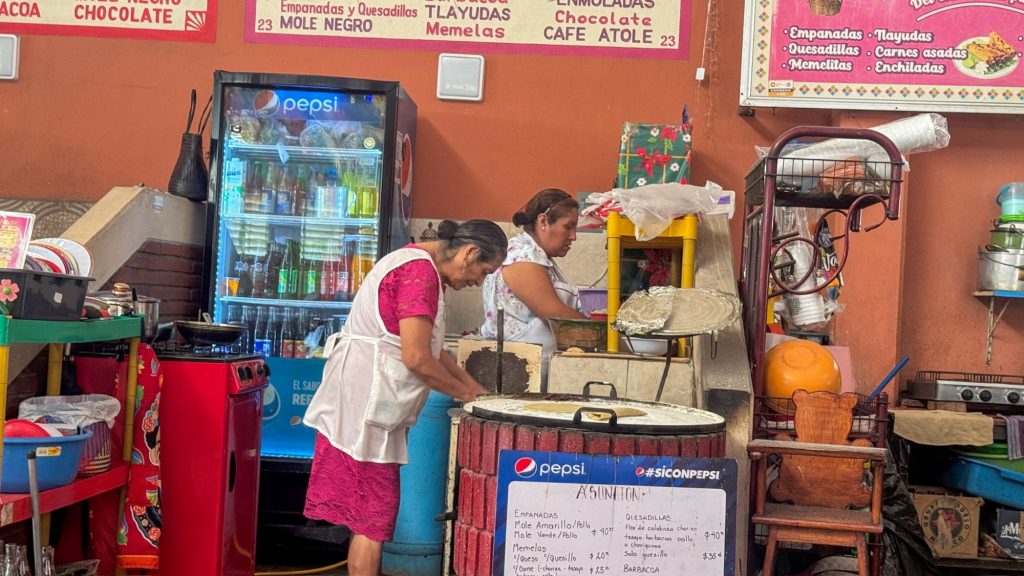
With the hire car (it’s so good when the children are old enough to drive abroad!), we were able to explore the local area including the ruins at Mitla, the Zapotec’s main religious centre, known for its intricate geometric patterned architecture.
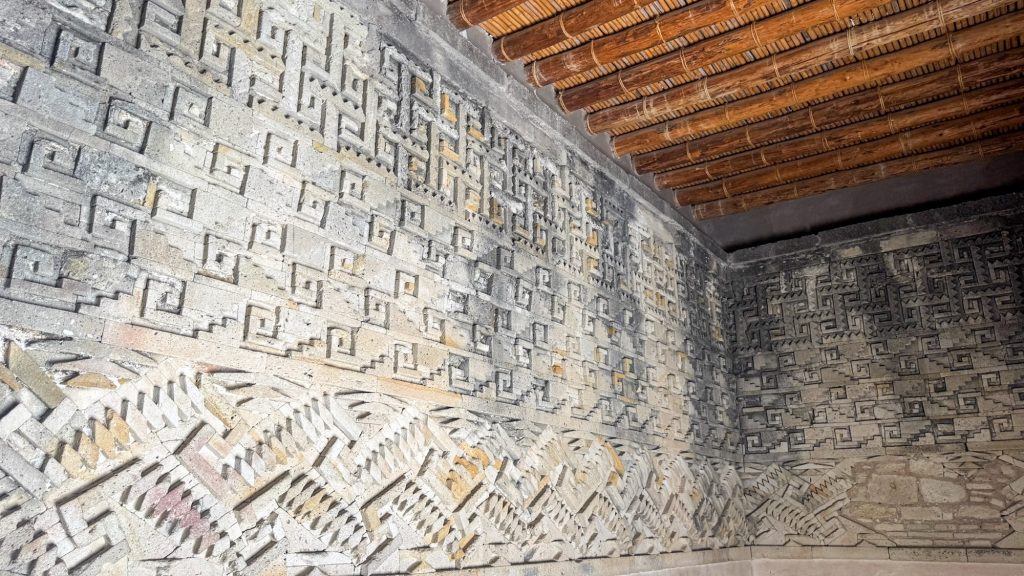
At Hierve El Agua two waterfalls are encrusted with petrified calcium carbonate and other minerals giving the impression that they are frozen.
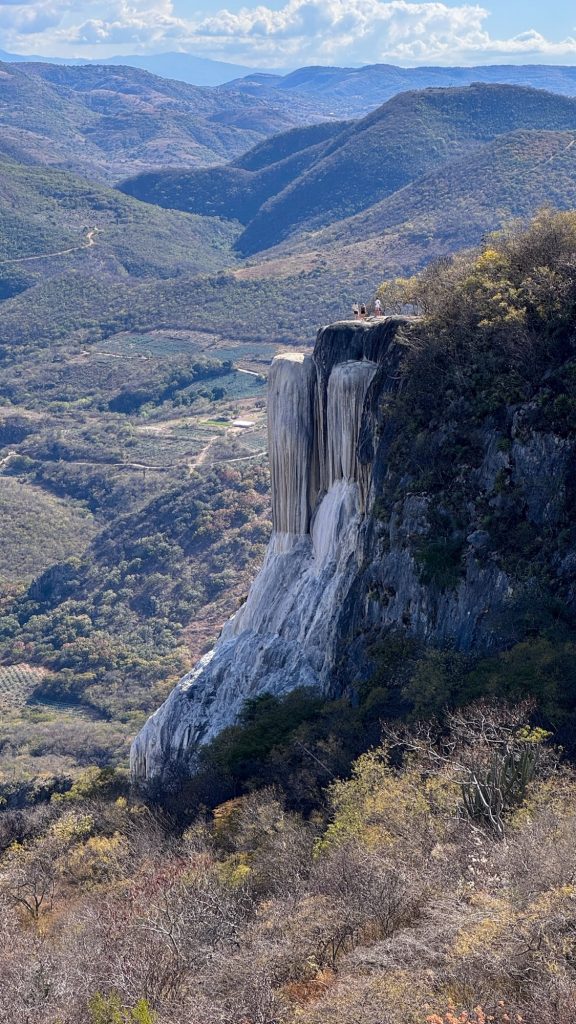
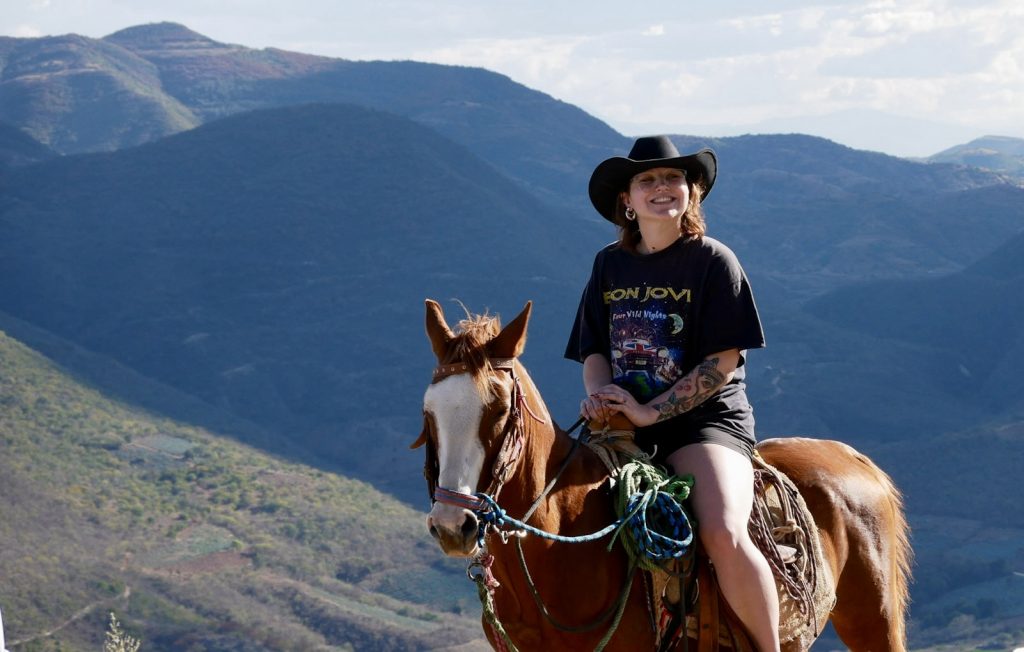
Oaxaca city is a great place to visit and has something for everyone. We took a taxi from the campsite and spent a day wandering around the major sites before lunch in the Mercado 20 de Noviembre and a drop or two of mezcal, accompanied by chapulines (cooked grasshoppers) overlooking the main square.
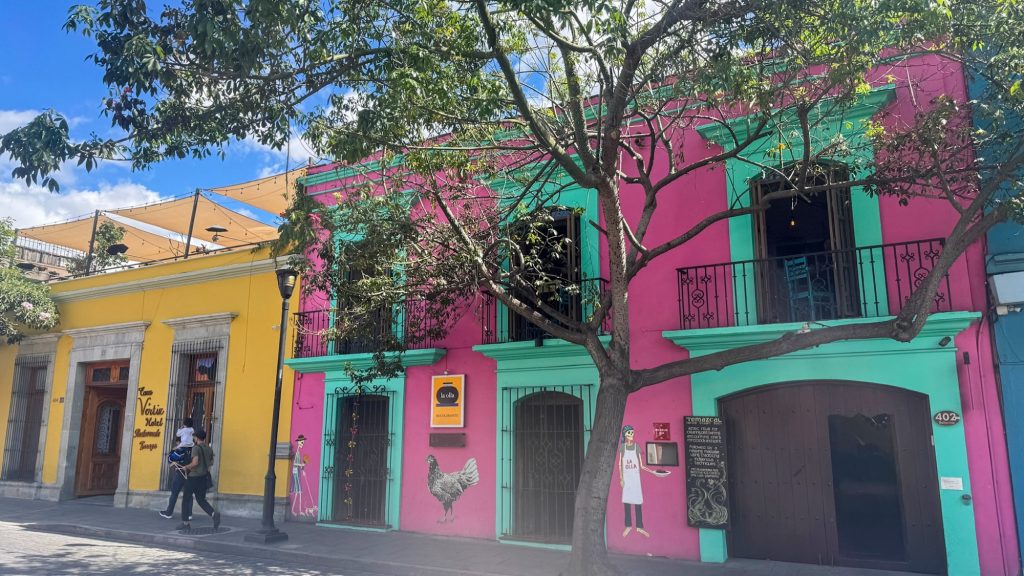

The hilltop Zapotec ruins of Monte Albán give great views over the surrounding countryside and are a fascinating place to visit.
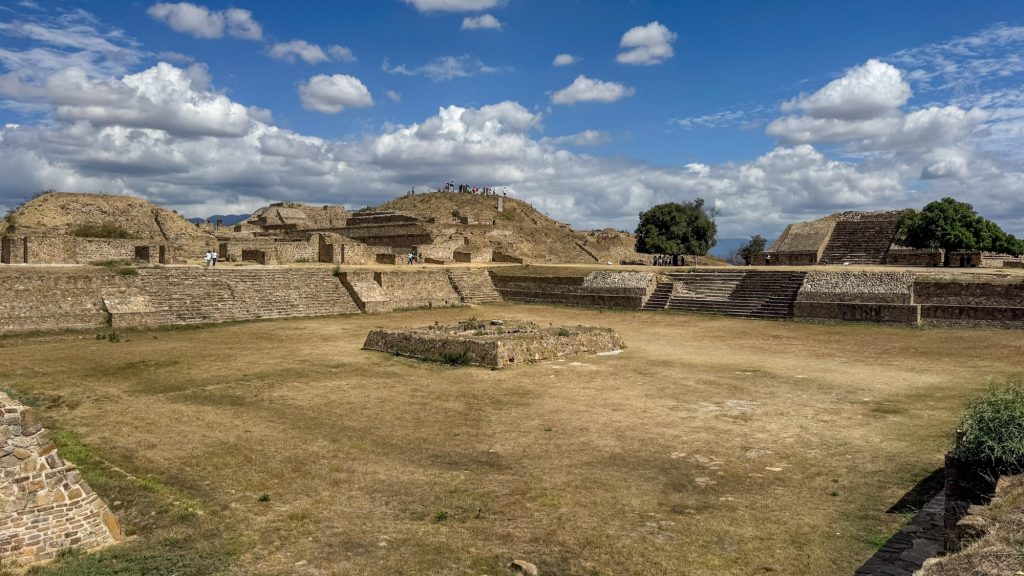
The girls and I also did an afternoon’s cooking class at Dos Corazones, learning to cook a few dishes passed down to Chef Adhey from her grandmother. We booked this trough Tripadvisor and can highly recommend the activity.
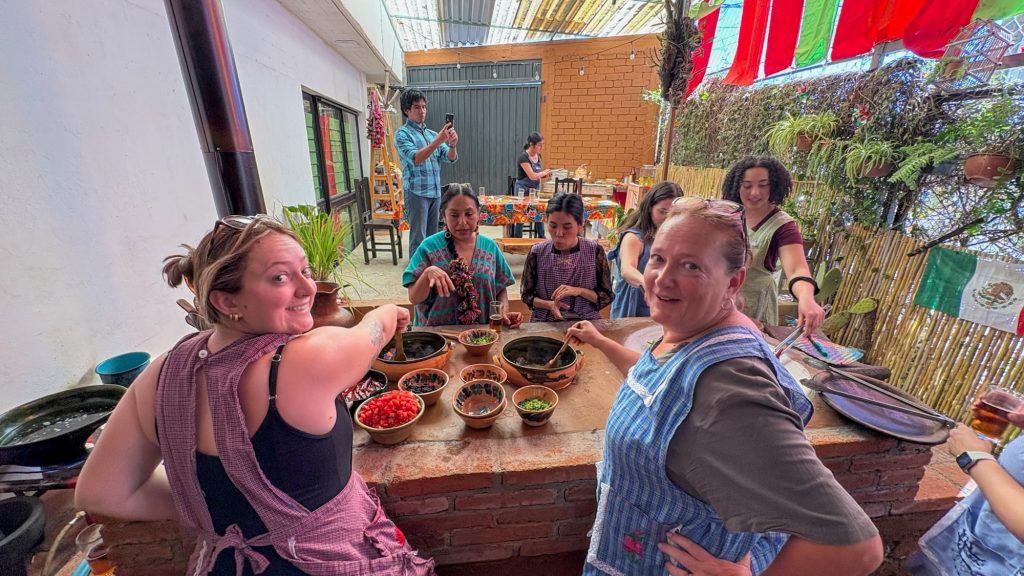
Having bid farewell to the girls we headed to the Pacific coast of Oaxaca, avoiding the main town of Puerto Escondido to stay in San Agustin, a small village a little further south along the coast. We were however defeated by the heat after a few days so started heading north and east as we moved inland.
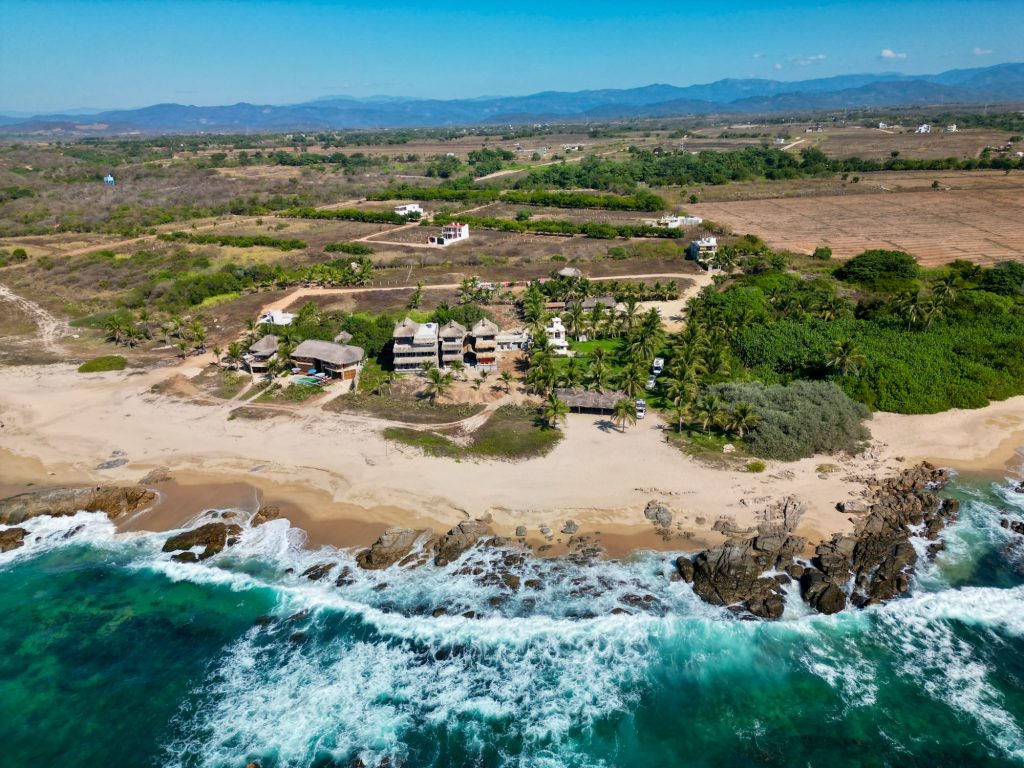
The Cañón del Sumidero was carved by the Río Grijalva and was formed about the same time as the Grand Canyon. We took a boat trip along the river between the 1,000m walls, spotting the local wildlife.
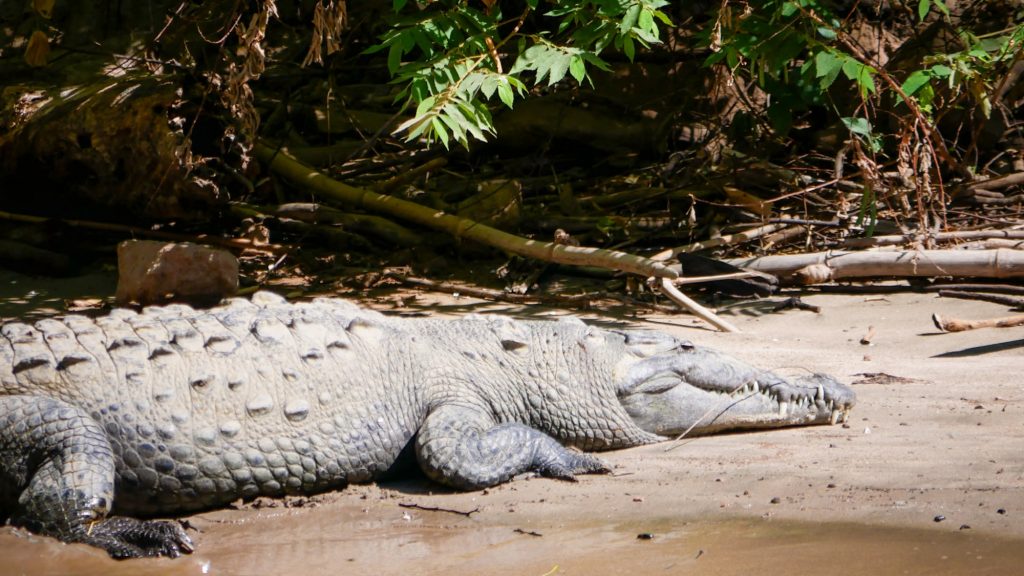
We arrived in San Cristóbal de las Casas on Valentine’s Day and we’ve never seen anywhere decorated to celebrate all things love quite as much as here. The town is located in the. mountains at almost 7,000 ft in altitude which made for the perfect weather of warm days and cool nights.
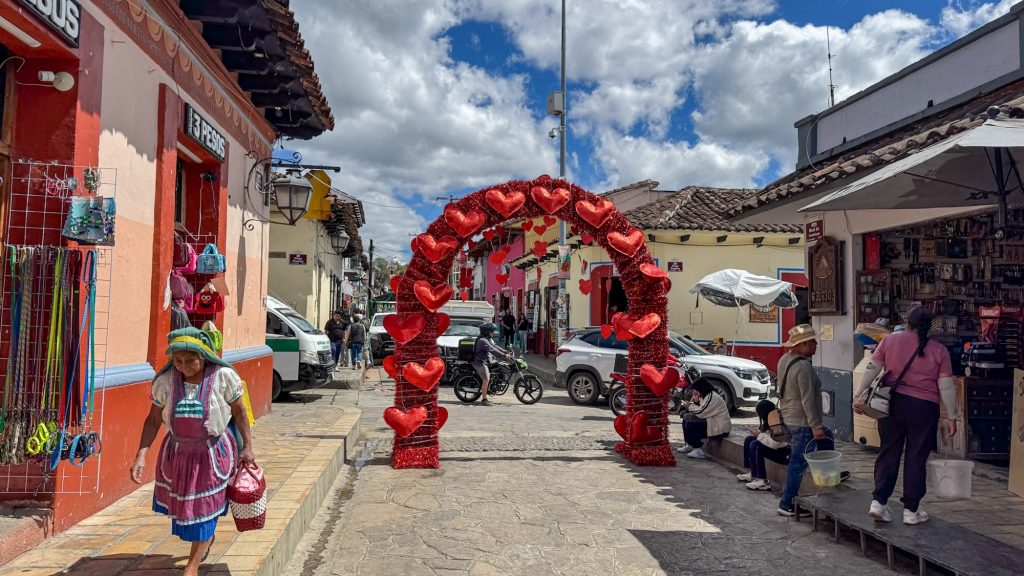
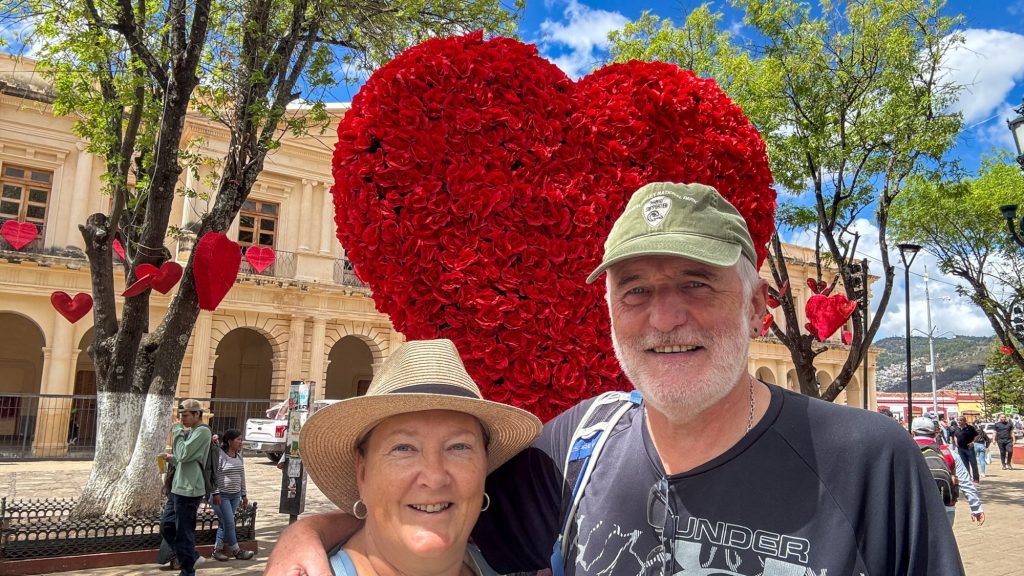
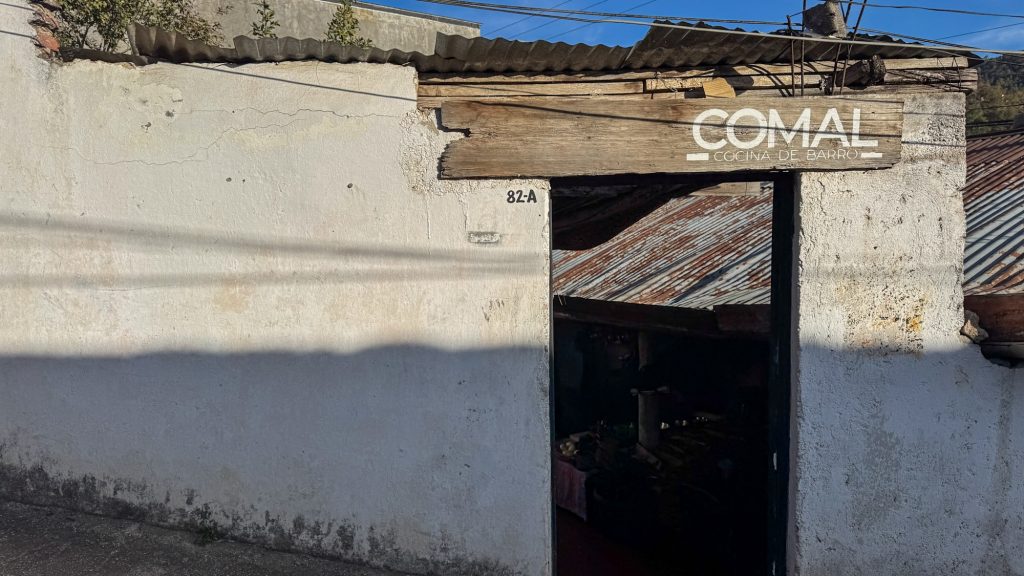
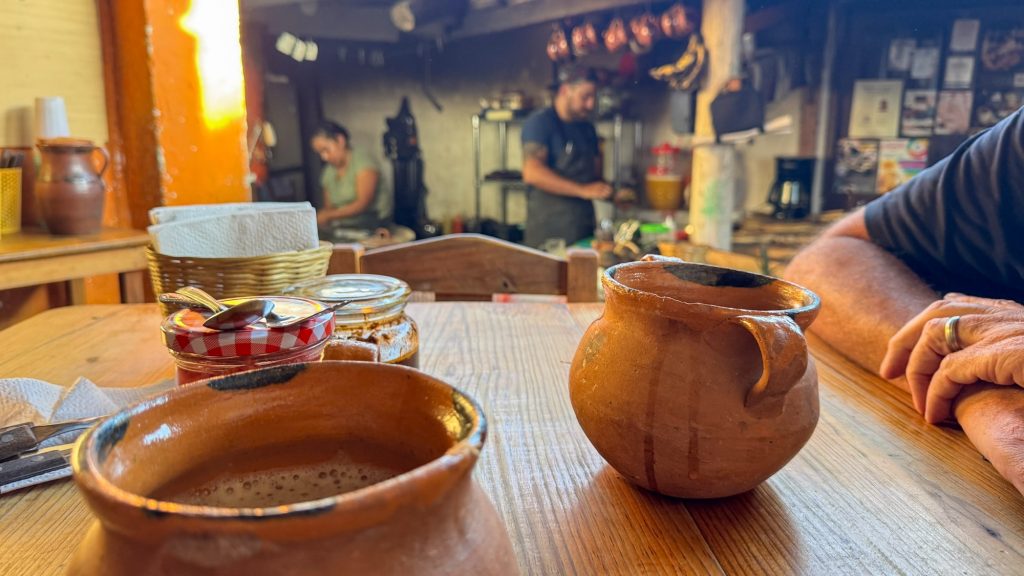
We were also recommended a great place to eat by fellow travellers which was close to the campsite. You could quite easily walk past Comal but we had one of the best meals we’ve eaten in Mexico here, all cooked over a fire with the kitchen open to the diners.
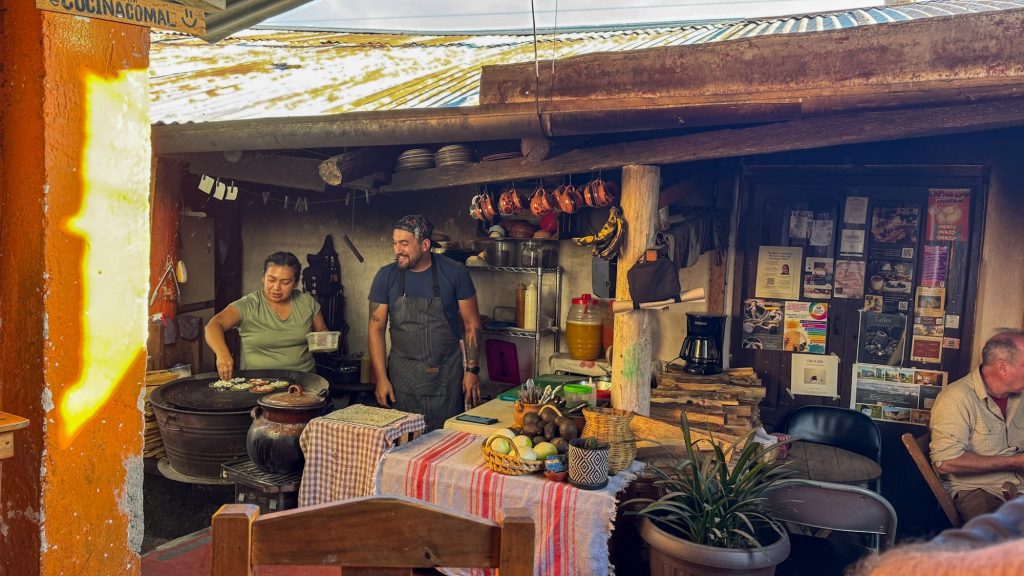
We continued north from San Cristóbal following the scenic but previously too dangerous to drive, Highway 199, stopping at the Cascadas de Agua Azul, where the water really does live up to its name.

At the end of the highway lay the ruins of Palenque, one of Mexico’s most important archeological sites and definitely our favourite Mayan ruins. The process for getting into the site was a little convoluted with us having to visit three different cashiers (job creation scheme?) before taking the shuttle bus to the entrance. We loved the fact that on this mostly reconstructed site, we could really get amongst the ruins and climb on a couple of the pyramids. We didn’t use a guide and found the site easy to navigate including the stretch through the jungle.
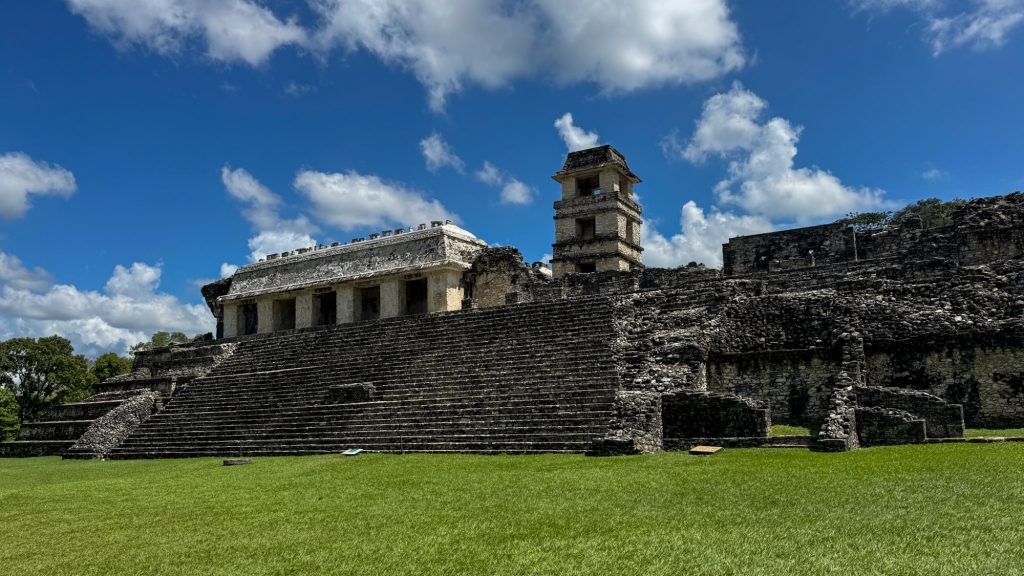
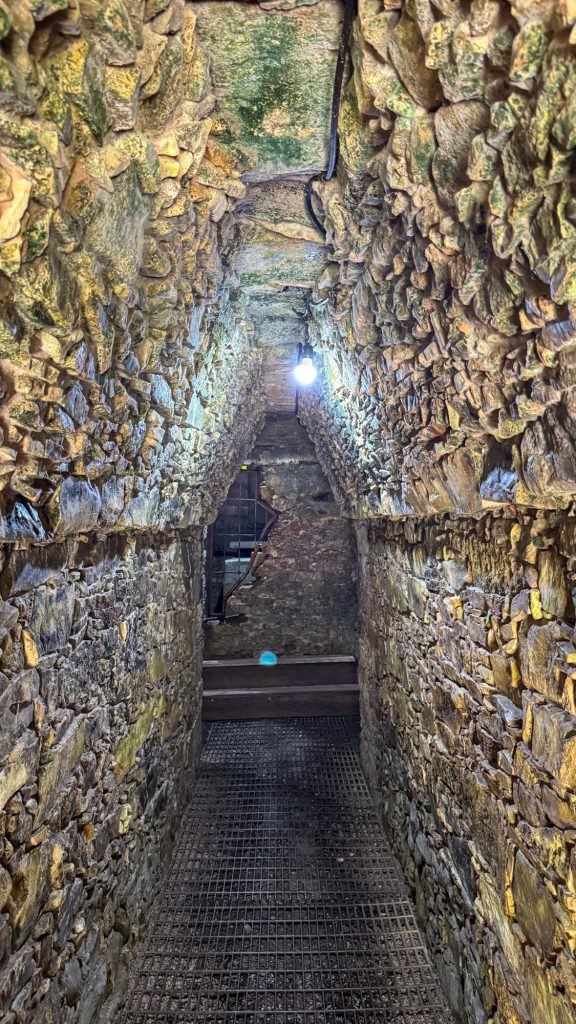
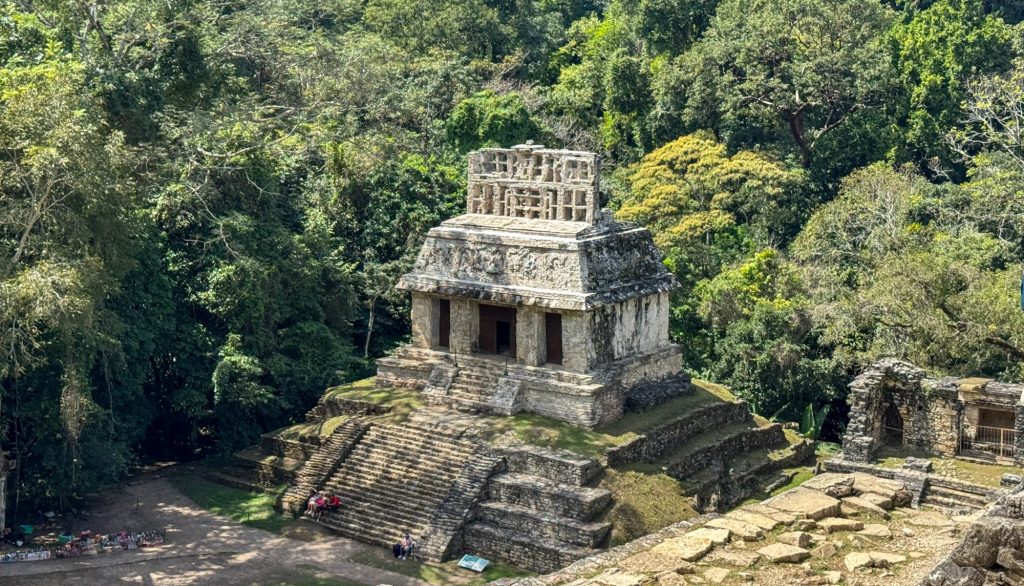
After a couple of days on the coast of the Gulf of Mexico and meeting up with friends and fellow travellers in Merida, we began our tour of several cenotes, large water filled underground caves.
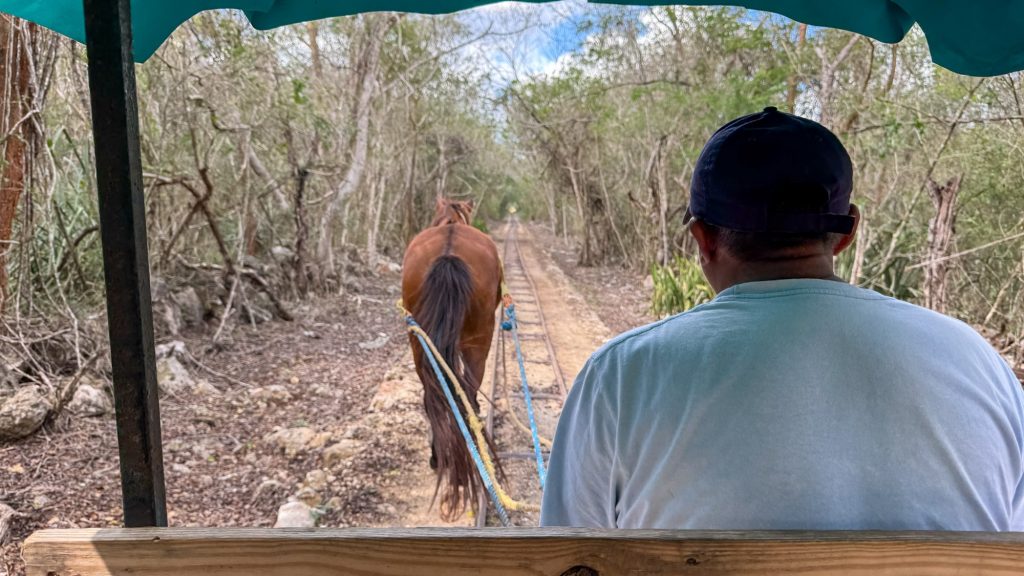
Los Tres Cenotes de Cuzama are linked by a narrow gauge railway where you are pulled along the rails on rickety horse drawn carts. The journey to the cenote was as much part of the fun as swimming in the beautiful clear waters of the cave.
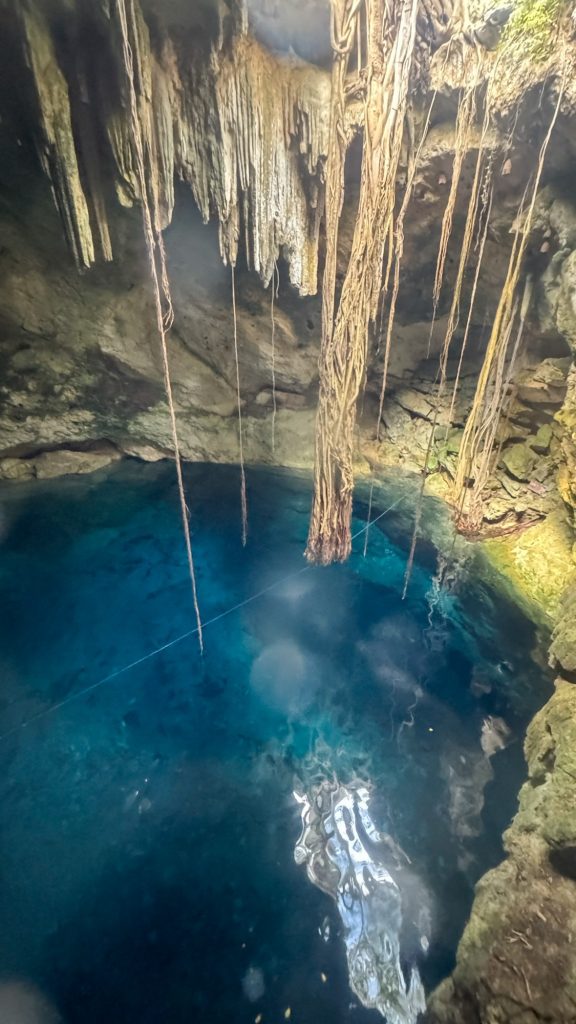
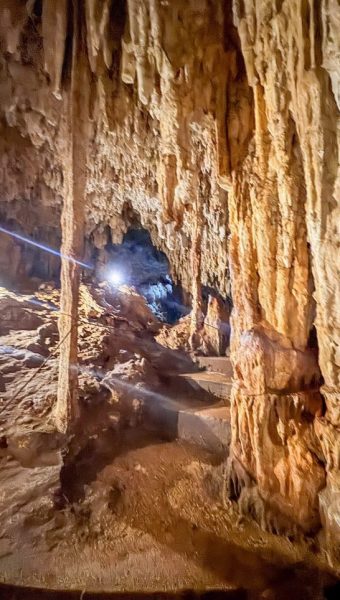
Our last cenote was Choj Ha and we definitely left the best to last! This was a large open cave with the roof completely covered in stalactites and the clearest water.
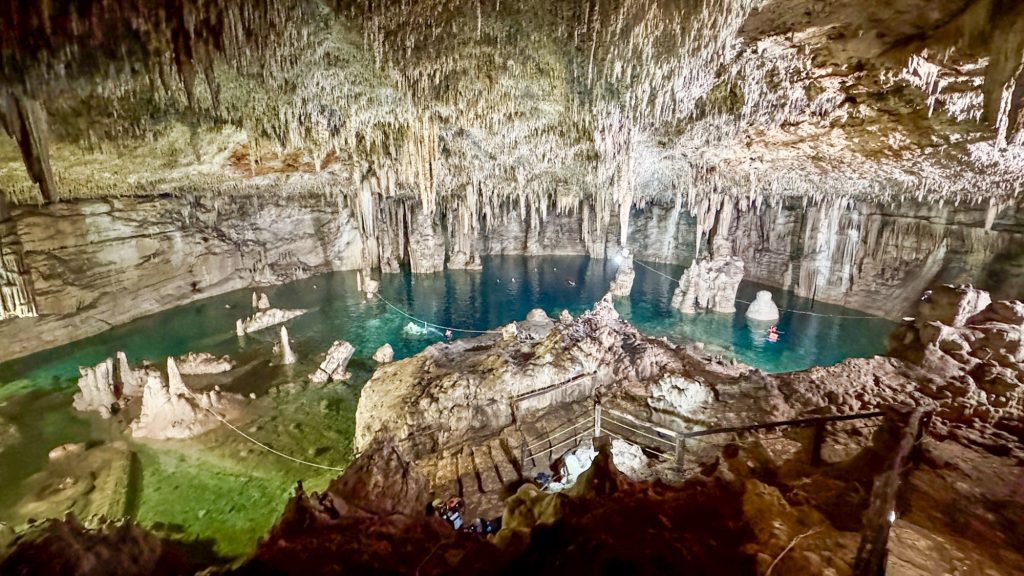
Our biggest disappointment was Chichén Itzá, Mexico’s most famous Mayan ruins. The site was smaller than we expected and even by arriving as it opens, there was no escaping the crowds. Unlike other sites you cannot get too close to the ruins and they allow hundreds of souvenir vendors to set up stands. We were there a little more than an hour before deciding it was time to leave.
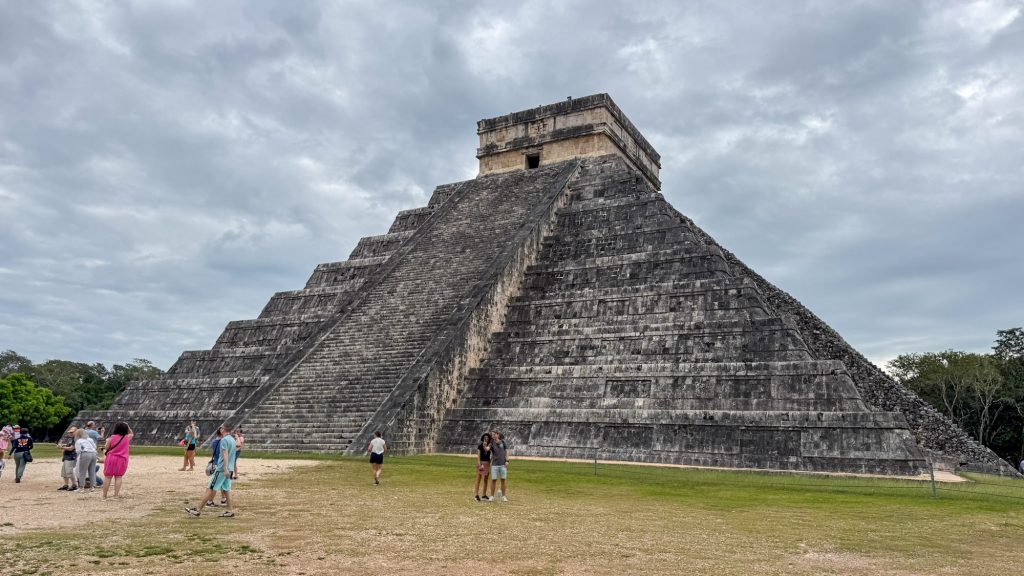
Our penultimate stop in Mexico was a couple of nights next to Bacalar Lagoon, the longest freshwater lake on the Yucatán peninsula. The lagoon is home to stromatolites, one of the oldest forms of life and thought to provide the earliest source of oxygen for life to begin on earth.
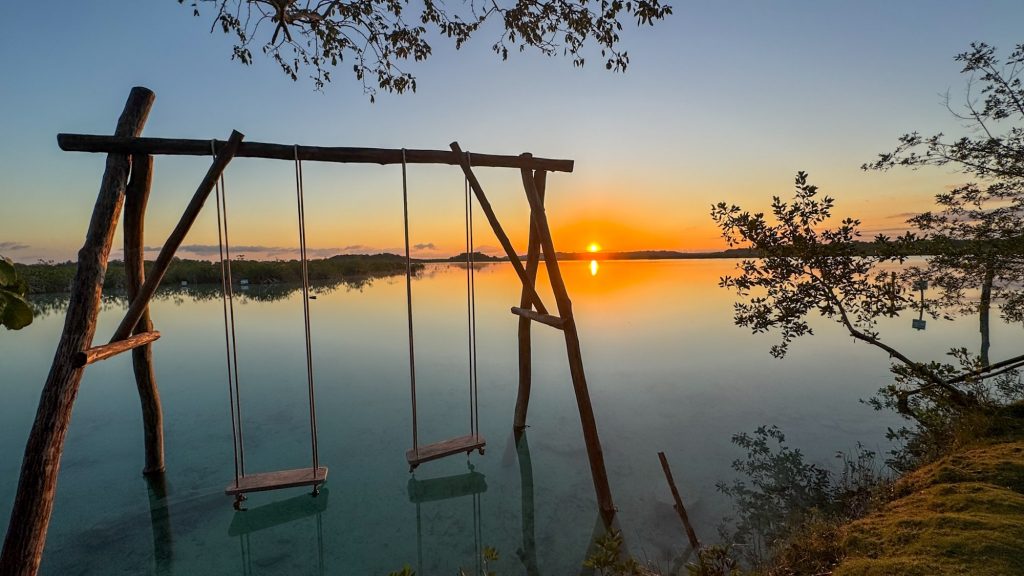
Our final stop was a campsite/beach club and restaurant in Calderitas on the Caribbean Sea. Not our usual type of campsite but a great place for us to gather everything we need to move on to our next country.
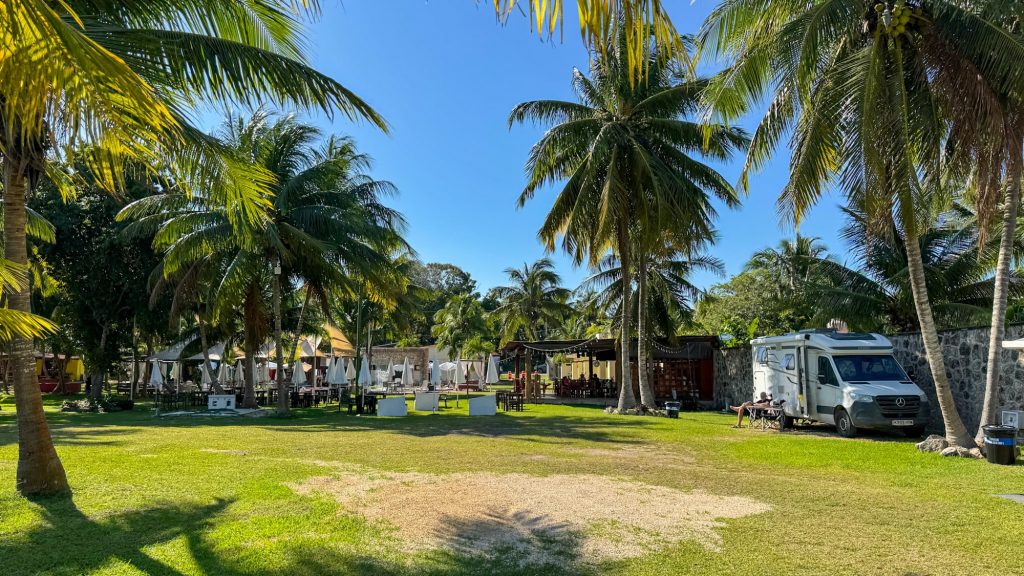
We hope you’ve enjoyed our posts from Mexico and we will do a summary of our time here shortly.
Campsites used
El Rancho, Santa Maria del Tule: MXP350pn on a fully serviced level grass pitch. The site has toilets, showers, a well equipped kitchen area, a washing machine and lines, a swimming pool and a couple of rooms to rent. It is a 10-15 minute walk into Tule for its restaurants and attractions, 20 minutes to Oaxaca city centre and 30 minutes to the airport, both by taxi.
Camping Don Taco, Bahía de San Agustín: MXP350 pn. Beachside so parking on sand. Some sockets around to plug in, showers, toilets, kitchen area and large palapa with tables and hammocks. Small area for van parking but lots of communal space and short walk to shops and restaurants.
Camping & RV Park San Nicolás, San Cristóbal de las Casas: MXP350 pn on a fully serviced grass/gravel pitch. Showers, toilets, kitchen and a large communal room with a pool table – the town is at 7,000ft so the nights are cool. There’s a laundry close by and the town is about a 15 minute walk away. Lots of trees around.
Costa de Sol Camoung, Champotan: MXP100pppn basic beach camping (power available at extra cost) but you can still use the showers, toilets and swimming pool. A fair distance from any town so you need to have anything you need with you.
Cenote Xnuuk: MXP200pppn. Small campsite with its own cenote run by a couple of German travellers. No power except in the palapa. Outdoor hot shower and composting toilets. They offer a laundry washing service and they sell fresh bread when they bake. Access to the cenote whenever you want.
Yax-Ha Cabañas and Trailer Park, Calderitas: MXP350 pn. Grass pitches with hook up, several water points (filter needed) and unusually, a dump point! Access to the sea but it was a little rough when we visited so we didn’t try. The site is shared with a restaurant which is open to the public and runs more like a beach club with a resident DJ blasting out music poolside from lunchtime until close. Luckily for us we visited midweek and the music stopped relatively early. Toilets and showers are used by both the campsite and the restaurant. We had a good meal at the restaurant but it was relatively expensive for Mexico; there are several more restaurants within easy walking distance but we were being lazy!
Other park ups
Agua Blanca: MXP100pppn. Small grassy, sloping parking area next to an event venue and the beach. No services. Quiet when we visited.
Pemex, Zanatepec: Free. A bit of road noise but relatively quiet until the night attendant decided to blast the radio through the tannoy system in the early hours for a couple of hours!
Cañón de Sumidero car park: Free. Car park for the canyon boat trips. No services except toilets during the day. The security guard closes the gate at night so it’s very quiet.
Cascadas de Agua Azul car park: Free (you pay a fee to enter the park). Large car park area for the falls where it is possible to stay overnight. The area is full of shops and restaurants but they are quiet at night.
La Chiapaneca Restaurant, Palenque: MXP250 pn. Parking in the grounds of the restaurant, a short drive from the ruins. Electric is available at an extra cost. There is a pool but it didn’t look too clean when we were there. A little road noise.
Los Tres Cenotes de Cuzama car park: Free. Large grass field used for parking for the cenotes tour. Toilets available during the day and very quiet once everyone had left for the day.
Near Chichen Itza: Free parking next to a large sports field. Nothing there but a great location from which to get to the ruins first thing.
Cenote Choj Ha: MXP100pppn. Overnight parking in the cenote’s small car park so again quiet once everyone has left. Toilet and showers on site but possibly only when the cenote is open.
Laguna Bonanza, near Bacalar: MXP150pppn. You are allowed to camp in their car park (we were in a grassy area so as not to block the main parking area) which also has a toilet and shower block. Located right on the lagoon and the restaurant is open at weekends. Insect repellent is a must!
